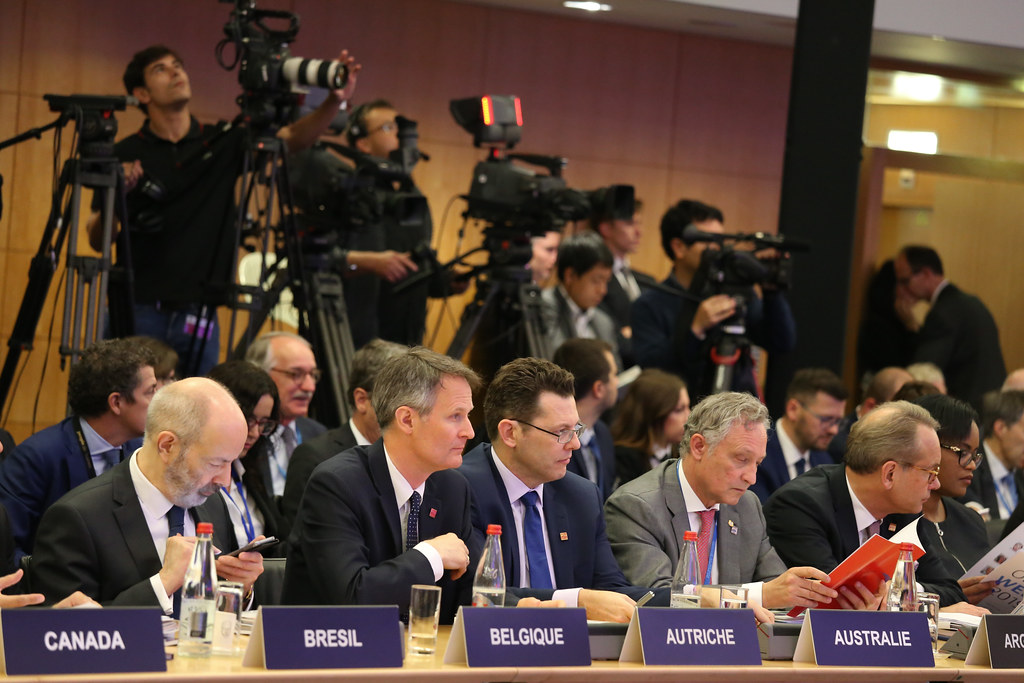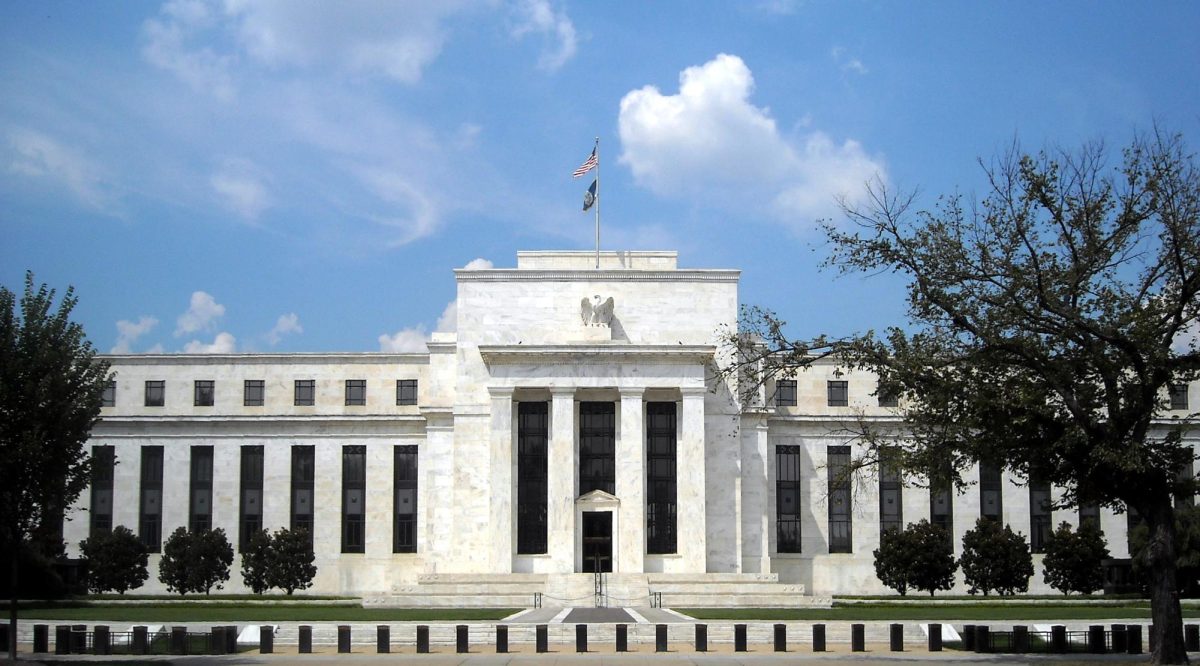For a year marked by tentative improvements in the global economy, the Organization for Economic Cooperation and Development said “the growth outlook remains weak” in its September report.
Although monetary policy has just started translating in the economy, uncertainty continues to cast over the world’s economic outlook.
The OECD projected that global gross domestic product would grow by 3% in 2023 and 2.7% in 2024, reflecting the slowest annual rate since the 2008 recession and underlining the fragility of the economic climate.
There was an equally grim forecast of 2.2% GDP growth for the United States, the world’s largest economy, by the end of the year and only 1.3% growth in 2024.
The adjusted forecast is due to several factors, primarily the lackluster recovery in China, a key global economic powerhouse, whose tepid rebound is anticipated to impact the growth of other nations.
This weakness is a result of subdued domestic demand and structural stresses in the property market, and GDP is expected to ease to 5.1% in 2023 and 4.6% in 2024.
Additionally, central banks continually grapple with the challenge of balancing economic growth with inflation controls, the effectiveness of their policies closely scrutinized.
Although inflation declined, core inflation remains quite strong. If inflation remains persistent it could mean further tightening to restrain it.
This challenge is exacerbated by soaring public debt levels in many countries, making it increasingly difficult to strike the right balance.
Tightening has limited world governments’ fiscal maneuverability, leaving less room for discretionary spending on critical areas like infrastructure development, education, renewable energy and healthcare.
Servicing this debt also consumes a significant portion of annual budgets, diverting resources away from essential public services and long-term investments.
Demographic shifts like the aging population in many countries, climate transition and defense add to mounting fiscal pressure and debt. These demographic and geopolitical factors complicate efforts to stimulate economic growth and maintain fiscal prudence.
In the face of these challenges, governments have attempted to adopt prudent strategies to navigate turbulent economic waters.
Three factors the government can do to prepare for this slowdown are the retention of a strict monetary policy, a fiscal policy that accounts for future spending and lower trade restrictions to boost growth.
Central banks have worked to maintain restrictions against decreasing interest too quickly, and declaring success over inflation as sectors like energy and food could significantly impact inflation.
On the state of global trade, the OECD said that “geoeconomic fragmentation and a shift to more inward-looking trade policies would curtail the gains from global trade and hit living standards, especially in the poorest countries and households.
The report highlighted that trade obstacles must be eliminated to enhance international cooperation before the world can see better progress on carbon mitigation efforts.
This economic context aligns with recent calls from the United Nations for stronger investments in clean energy. The UN has emphasized the need to transition to renewable power generation as part of the global effort to combat climate change.
“Global investment in renewable power generation has doubled from $331 billion in 2015 to $658 billion in 2023,” the UN Department of Economic and Social Affairs pointed out in an analysis. “However, the increase remains heavily concentrated in a small number of countries.”
Much like other global economic issues, much of the burden is placed on small countries; however, the key to improving the overall well-being of the global economy is equal international cooperation in tackling geoeconomics and climate risks.









